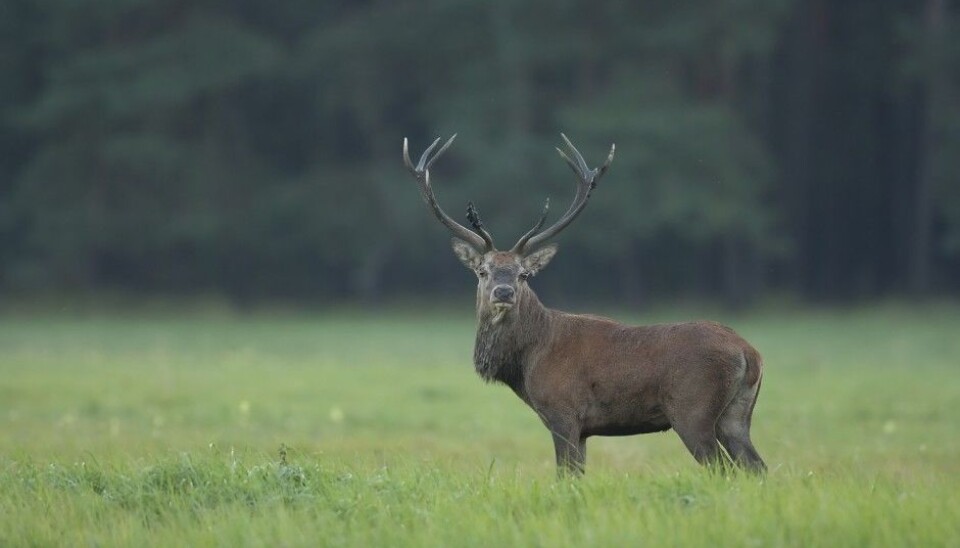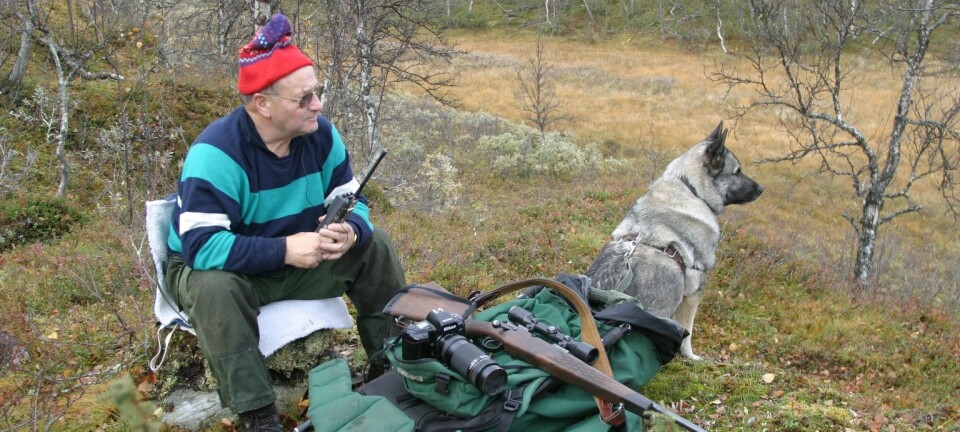
What makes a hunter pull the trigger—or refrain?
It’s more than the size of the antlers that makes Norwegian red deer hunters decide to shoot, researchers have found.
Hunting plays many important roles in today’s society, not the least of which is controlling animal populations in ecosystems that have lost their top predators.
But hunters, like natural predators, can exert evolutionary pressures on prey populations if their actions are not understood and regulated. The most commonly cited example of this is trophy hunting, where hunters strive to shoot animals with the biggest antlers or horns.
“There has been a great deal of focus in the scientific literature on trophy hunting, which involves shooting the biggest and finest male animals. This can create unwanted evolutionary consequences,” says Atle Mysterud, a professor at the Institute of Biosciences at the University of Oslo.
But Mysterud says only focusing on trophy hunting risks missing the big picture.
“Trophy hunting represents only a small part of hunting in Norway, Europe and North America,” he said. “A one-sided focus on trophy hunting provides a distorted picture of what hunting is and how hunting affects populations. Most people hunt for recreation, for meat and to help regulate populations.”
So Mysterud and three of his colleagues decided to figure out what makes the average hunter decide to pull the trigger. They recently published their findings in PNAS, the Proceedings of the National Academy of Sciences of the United States of America.
Timing and quotas important
Mysterud and his colleagues looked at hunting data from 256 locations in Norway between 1999 and 2010. These data include the number of deer that were felled, but also how many animals were observed but not shot.
The researchers used the data to construct a behavioural model that describes how a hunter decides whether to shoot an animal or not. Hunting quotas, the number of people in the hunting party and how many more days remain in the hunting season all were found to affect a hunter’s decision to shoot or not.
Essentially, “if the hunter waits too long for the largest animal, he may not get to shoot any animals at all,” Mysterud said.
The researchers found that the probability that a hunter will pull the trigger is larger when the hunting season is nearing its end or if the hunting party is large, so that many hunters are “competing” under the same hunting quota.
The researchers believe that hunting quotas, which determine how many animals hunters get to shoot, are also an important constraint.
But they found that the chance that a hunter will shoot an animal increases if he or she has not seen that many animals during the season or during the day they are out hunting.
An agreement to protect some animals
Didrik Gjestvang has hunted big game for about four years. He says hunting quotas as well as the distance to the animal are the most common constraints on hunters when they have an animal in their sights.
“I have refrained from shooting animals that I’ve seen. It might have been because the distance was just too great, or that the animal moved. The lack of a clear line of sight has also stopped me,” he said.
Gjestvang says it is also common for hunting teams to agree beforehand on which animals they will shoot or choose to protect.
“If hunters have seen a very big bull before the season starts, they may sometimes agree in their team to protect it. I think this is because they want to try to keep some large animals in the population,” he said.
--------------------------------------
Read the Norwegian version of this article at forskning.no
































